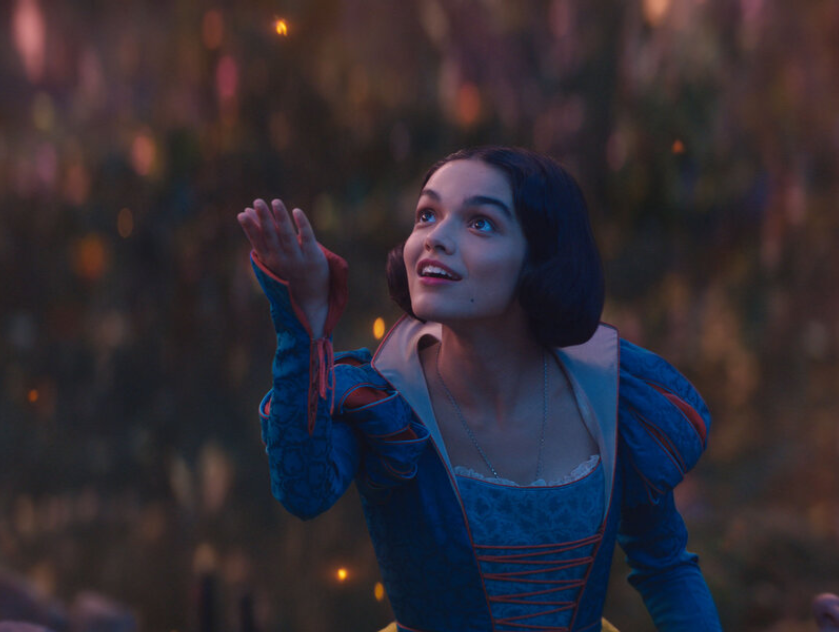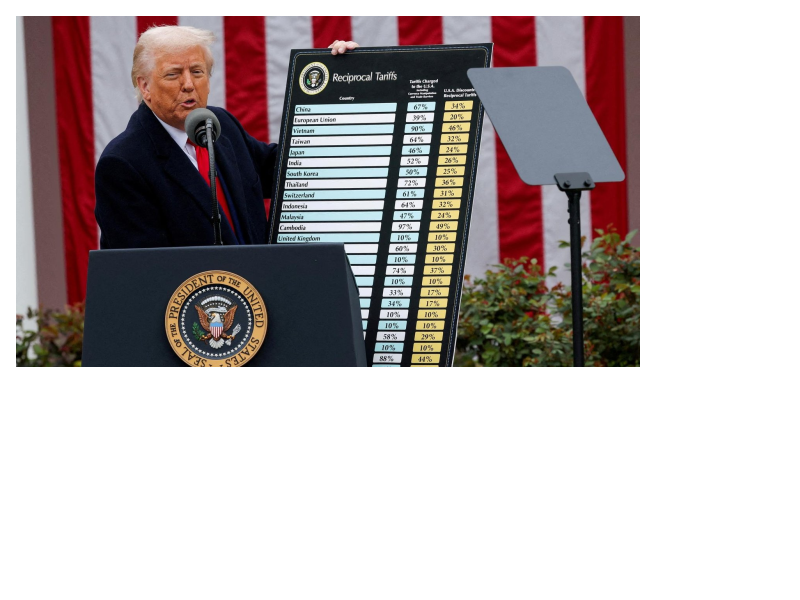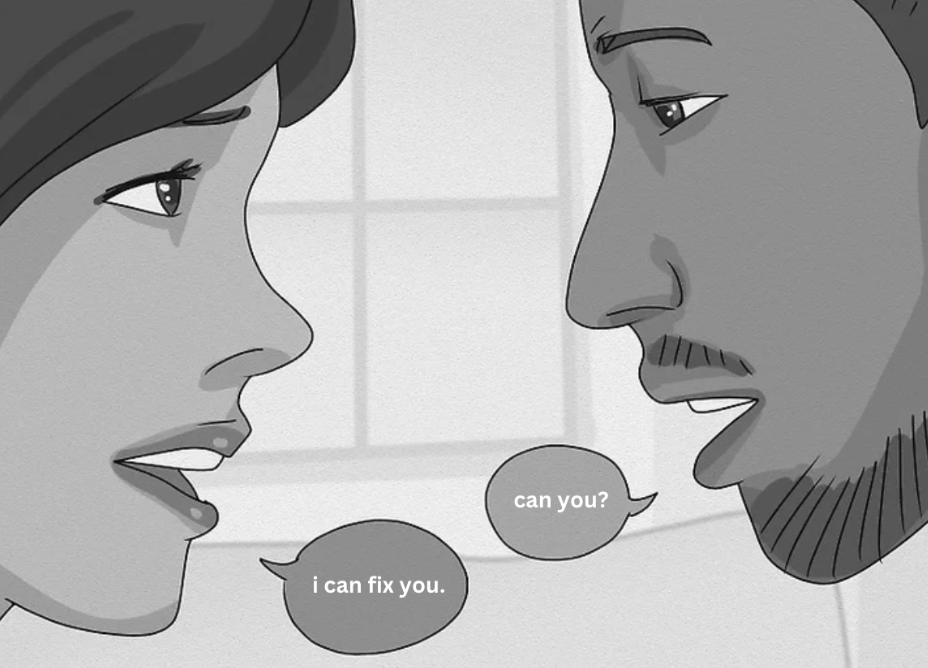“You think you just fell out of a coconut tree?” Kamala Harris’s soundbite has gone viral all over social media, and for better or worse, so has she.
If you rely on social media for your news intake, you aren’t alone. According to data from the Pew Research Center, about a third of American adults between 18 and 29 regularly get their news from social media. 2022 was the first year in which Gen Z made up the majority of the ages 18-29 electorate, and now they will make up 9% of all voters. As such, the two main candidates, Harris and Trump are looking for a way to appeal to the younger voters, but the “Gen-Z-ification” of their approach has resulted in political campaigns with little under the surface.
The more common way to reach Gen Z to get their vote is to use their way of communicating. Sometimes, clips of speeches go viral and other times you see heartwarming videos of candidates in their natural habitat. Political campaigns are carefully calculated, every tug at the heartstrings mapped out. It might feel like you’re seeing a side of the candidate not seen in the mainstream news, but every public figure has their own PR. A video of Kamala Harris going to Dottie’s Market and asking for a slice of cake might mean she’s down to earth. It might also function as cleverly placed publicity. Whether comments on these social media pages are positive or negative, their main aim is the outreach, which doesn’t promote political discussion. Despite the positive response when announcing her running mate, Tim Walz, there was less focus on the issues and more on shaping her own image. Harris has also embraced her “fun” and “relatable” side, following Charli XCX’s statement “Kamala IS brat.” But are those really the things a candidate should focus on? Still, Harris isn’t the only one with this approach. While Trump’s worldview may not align with Harris’s, he too has utilized TikTok for his campaign promotion by collaborating with celebrities such as Logan Paul, in an ironic attempt to connect to voters four generations away. In the question of public opinion, though, one candidate does come out on top: Harris has a significant lead over Trump in most Gen Z voters (The Hill).
Despite the allure of a widespread message, pop culture and emphasizing younger voters has additional drawbacks. TikTok videos and Instagram reels often prioritize going viral over a discussion of the overall issue. Biased comments and content on platforms such as Instagram, do not provide enough information to a person casually scrolling. Even posts directly from the candidates themselves, such as Trump’s “No One is Safe With Kamala’s Open Border” accompanied by an ominous image of a dark alley. Or Harris, with “Trump Vows to Be a Dictator on Day One”. These oversimplified, broad statements may sway an uninformed person or reinforce inherent ideas. The echo chamber that forms results in misinformation and rumors that polarize our politics and reinforce negative stereotypes. Most people won’t dig into that statement anymore, resulting in uninformed voters making uninformed decisions. This is 2024; voters need to know that executing newborn babies is illegal.
Presidential campaigns that attempt to connect to younger generations can be effective in their outreach, but there isn’t any substance to their messages. Although using social media can help younger voters become more aware of who they’re voting for, they oversimplify serious issues and reduce the election to a popularity contest. When we are more focused on who sounds more iconic, we have lost sight of the issues that matter most.













